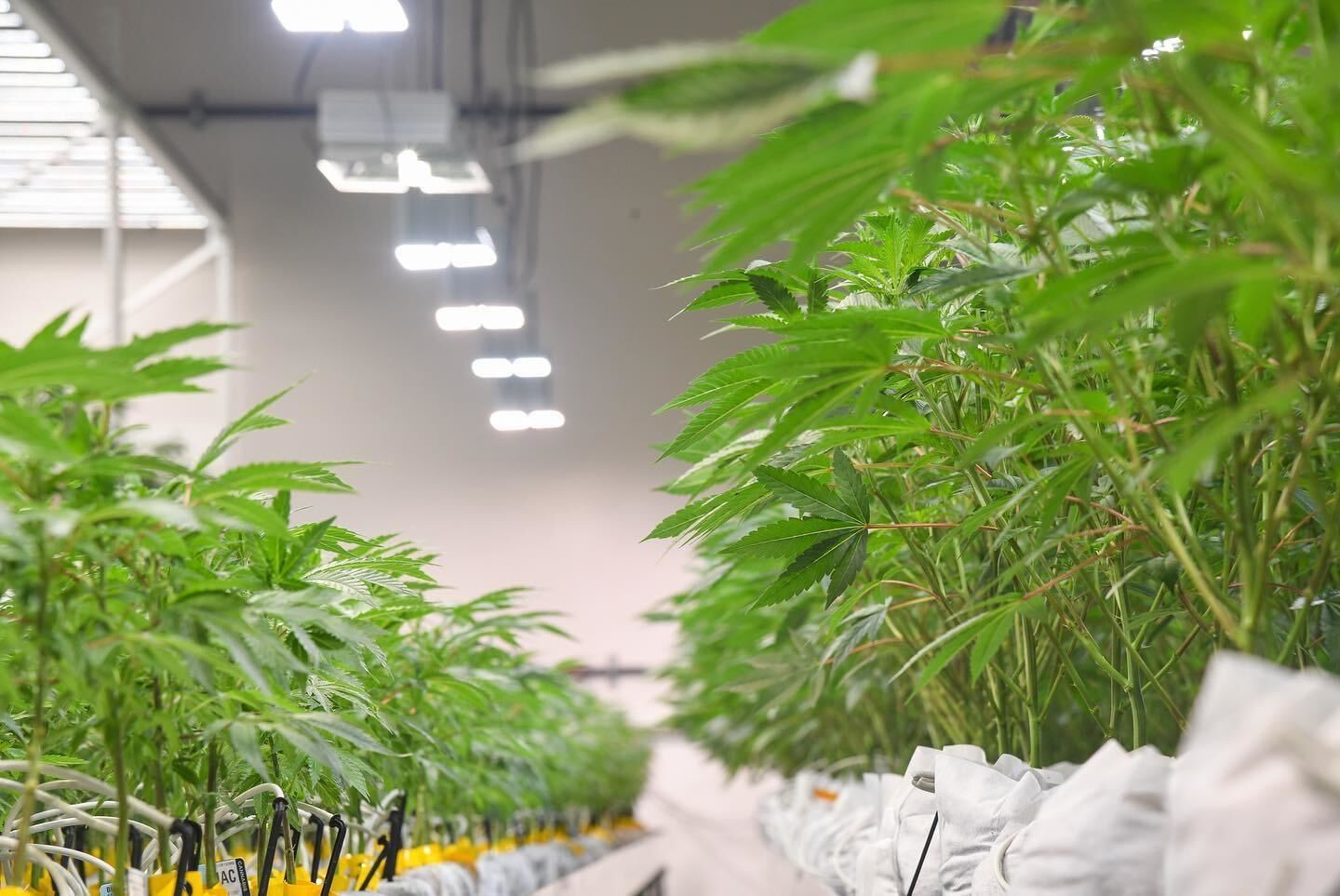How to Grow Better: Understanding PAR, PBAR, PPF, PPFD & DLI
In the world of indoor gardening and commercial horticulture, choosing the right lighting can be the difference between a flourishing grow and a faltering one. LED grow lights have surged in popularity due to their efficiency, longevity and the control they offer over plant growth. To fully harness these benefits, understanding a few key terms—PAR, PBAR, PPF, PPFD and DLI—is essential. Active Grow, leveraging expertise since 2013, offers insights into optimizing your growth strategy by finding the right lighting solution for you and your plants.
Understanding the Basics: PAR, PBAR, PPF, PPFD & DLI
The range of light (400–700 nm) that plants use for photosynthesis. It's the spectrum of light that directly influences plant growth and development.


Expands on PAR, covering a broader spectrum (280–800 nm) that includes ultraviolet and far-red wavelengths. This range is significant because it encompasses all light that can influence plant and fungi biology.
Measures the total amount of light (in the PAR range) emitted by a light source per second. It's quantified in micromoles per second (µmol/s) and is a key metric for assessing the potential of your grow light to support plant photosynthesis.


Describes the amount of light that actually reaches your plants. It's a measure of how densely light photons are distributed over a specific area (µmol/m2/s) and is crucial for understanding how evenly light is spread across your growing area.
The total amount of light received in a day. Measured in moles of light per square meter per day (mol/m2/day), DLI helps growers understand if their plants are getting enough light over time to meet their specific growth needs.

How to Use These Terms to Grow Better


Look for LED grow lights that offer detailed specifications in terms of PAR, PBAR, PPF and PPFD. These metrics will help you compare lights more effectively, ensuring you choose a light that meets your garden's specific needs.
Use PPFD readings to position your lights optimally which you can do with a PPFD reader. The goal is to achieve uniform light distribution, ensuring each plant receives adequate light. Adjusting LED grow lights can help you manage light intensity and distribution as your plants grow.


Adjust the intensity of your LED lights based on the DLI requirements of your plants. Different growth stages and plant species may require different light intensities. Use the Active Grow DLI Calculator to tailor your lighting strategy to your plants' needs, ensuring they receive the right amount of light each day.
Keep an eye on how your plants respond to the lighting. Signs of too much light include leaf burn or discoloration, while insufficient light might result in elongated stems and poor growth. Adjust your lighting setup based on these cues and the specific DLI requirements of your plant and its growth stage.


Active Grow specializes in providing LED lights that cover a wide range of spectrums, including beyond the traditional PAR range and into the PBAR range. This ensures that your plants receive the specific wavelengths they need for different growth stages, from seed to the vegetative stage and to fruiting and flowering.
Understanding and applying the concepts of PAR, PBAR, PPF, PPFD and DLI can significantly enhance your growing operation. Whether you're a hobbyist or a commercial grower, LED grow lights equipped with the right features and used knowledgeably can lead to healthier plants, more bountiful yields and greater efficiency. Whether you're growing delicate herbs or robust vegetables, the right lighting strategy can make all the difference. By doing so, you'll not only grow better with LED grow lights but also maximize your investment in your grow setup.






